People-issues, whether in person or virtual, are the single biggest challenges for teams and their managers.
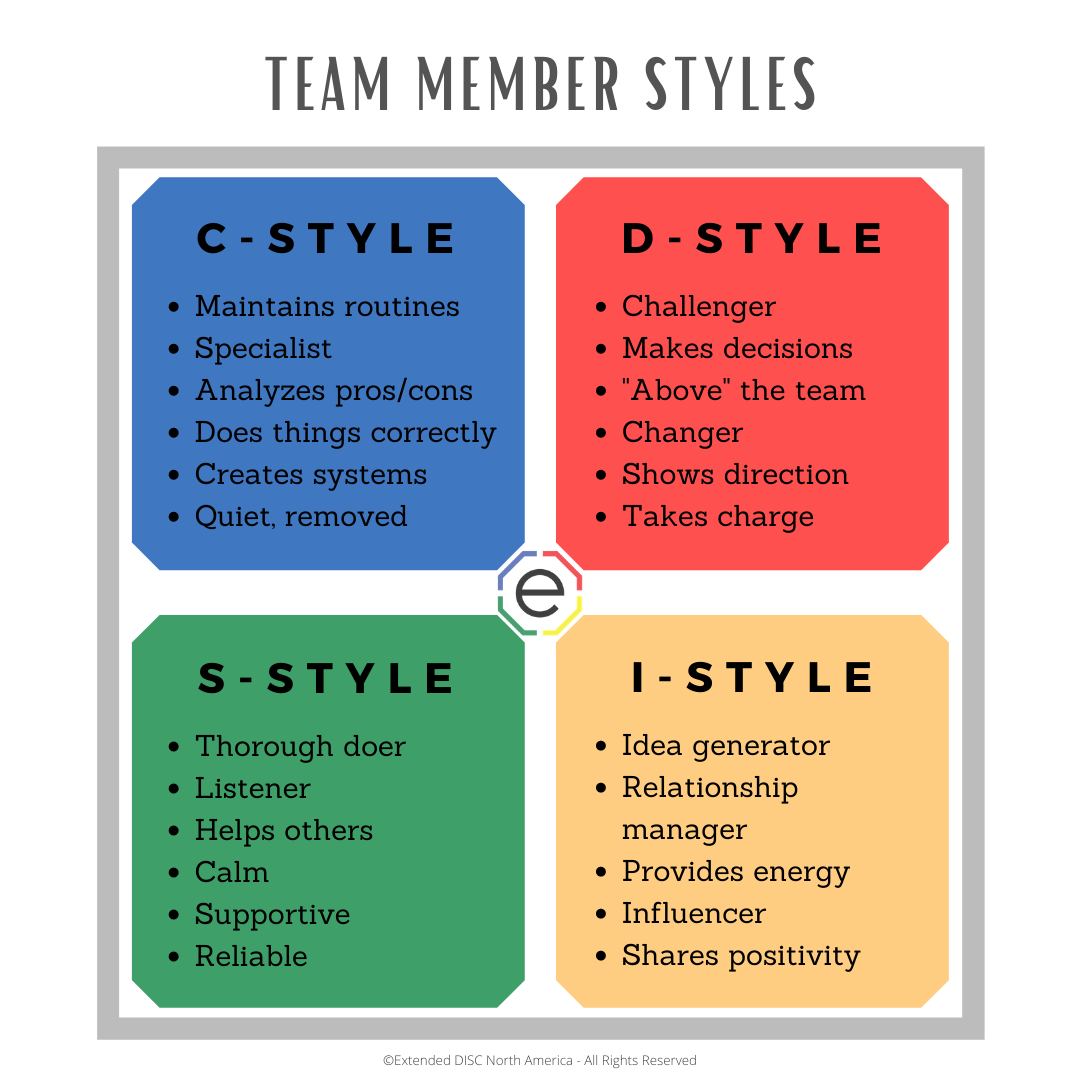 Employee conflicts impair productivity and prevent maximum success. Your virtual team may have less face-to-face conflict, but different challenges may emerge. While virtual team conflict may minimize office politics and interpersonal issues, it can also create issues based on misinformation or lack of information.
Employee conflicts impair productivity and prevent maximum success. Your virtual team may have less face-to-face conflict, but different challenges may emerge. While virtual team conflict may minimize office politics and interpersonal issues, it can also create issues based on misinformation or lack of information.
Observing a person's visual cues helps you interact better, but it's harder to gauge when there is limited or no face-to-face interactions. Virtually, you may be less mindful of what and how you're saying things. Finally, you may forget, in your remote space, how your preferred communication style may not be the same as your team members. All of this can lead to conflict.
Conflict triggers
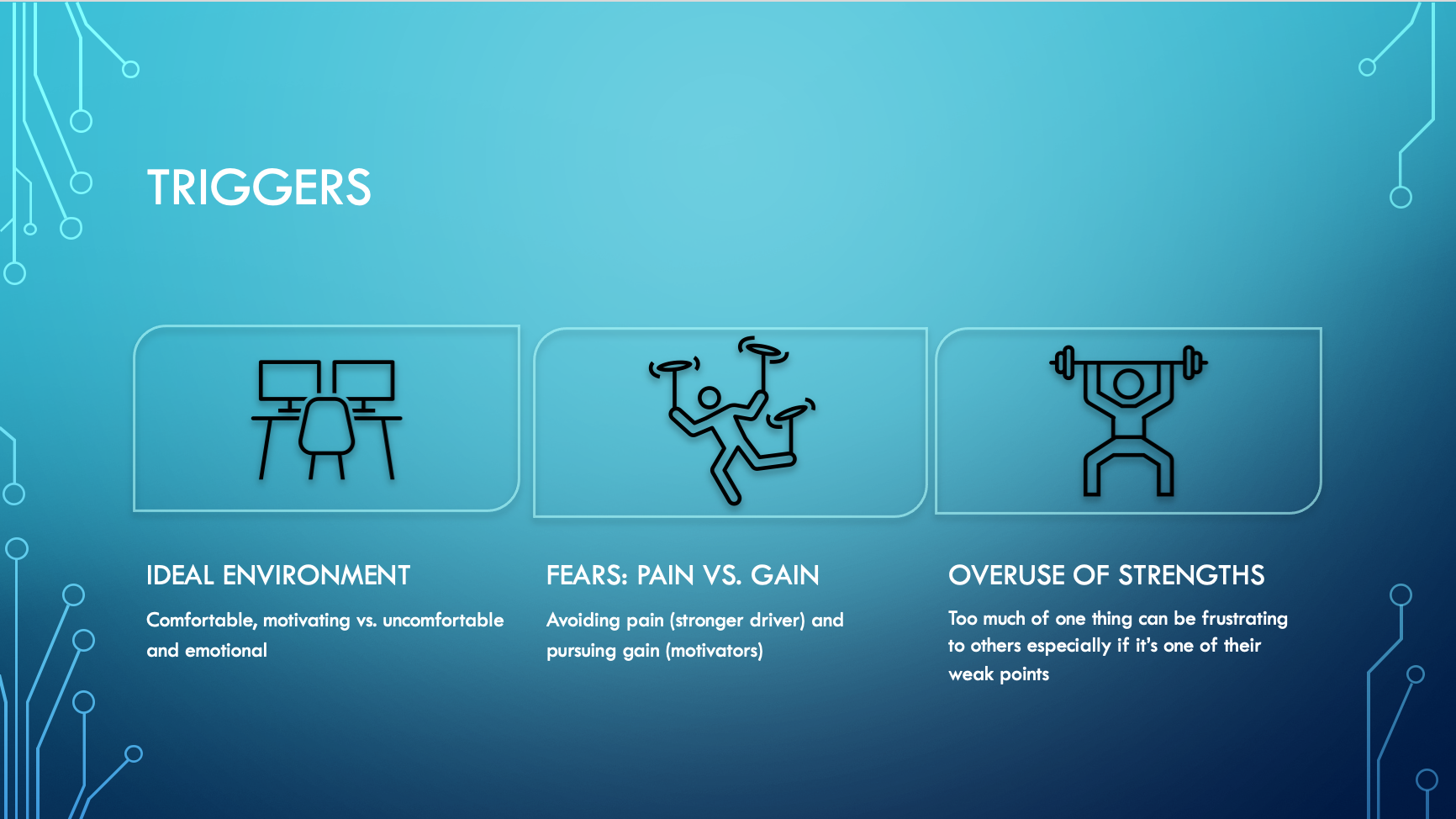
Conflict triggers can be categorized into work environment, motivators and strengths. Striving for a more ideal remote work environment includes creating a more comfortable setting. Do you need a quiet space to focus or do you need quick access to your technology and people?
Task-related conflicts may be more prevalent on virtual teams. Think of how your emails may be misinterpreted. You may be sending short and succinct emails, but your colleague interprets them as insufficient and insensitive.
Or, it may be a choice of communication methods. Perhaps, you prefer picking up the phone for discussing a project, whereas your team member is frustrated with the time they're spending on the phone with you; and prefer a more detailed and documented email.
Acknowledging your colleague's pain vs. gains is another way. Often, avoiding pain is a stronger driver than pursuing gain. Everyone has their own behavioral strengths; things they do more naturally, but again, they're not always the same for everyone. Let's look at DISC styles and how they prefer to manage conflict.
DISC styles and managing conflict
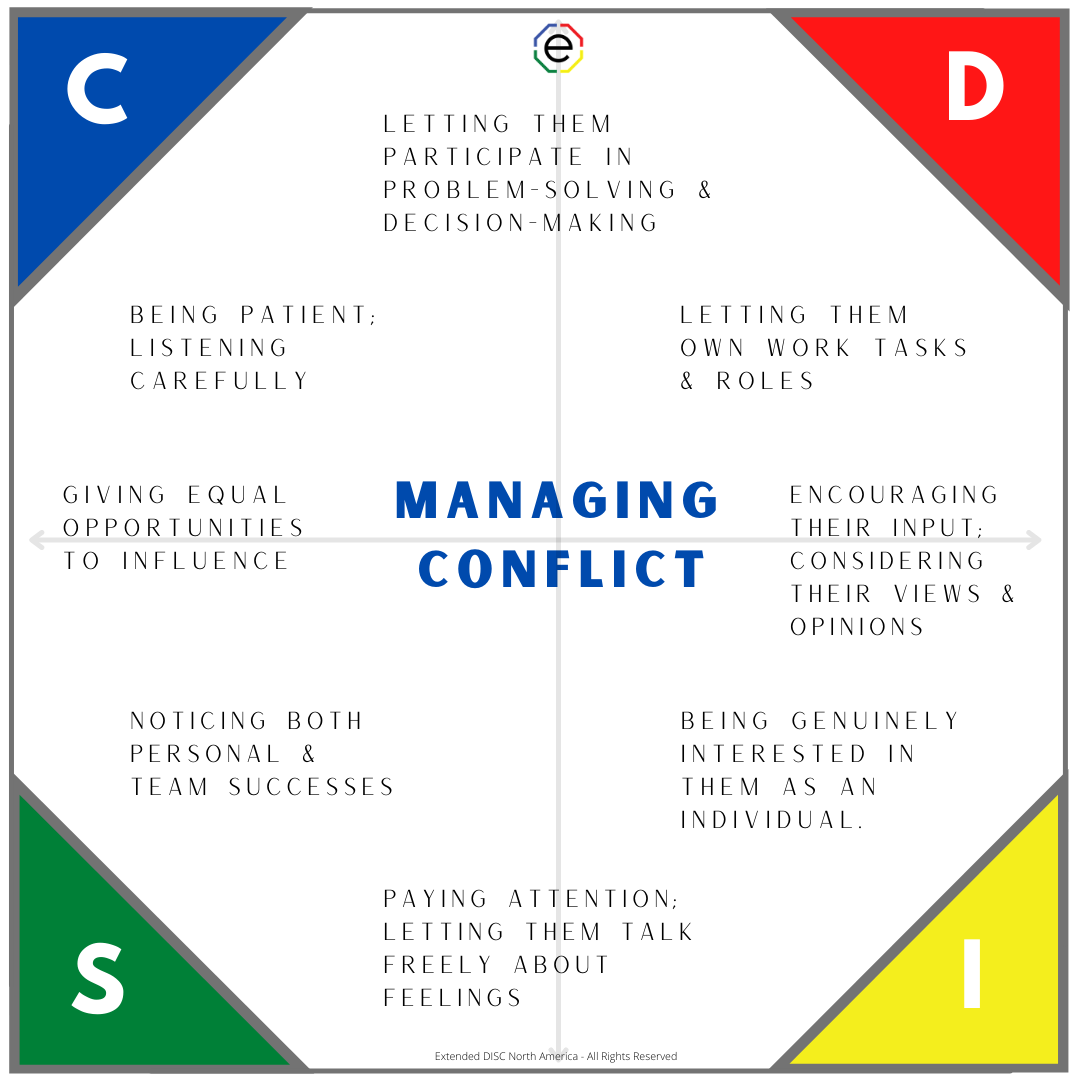
Your D-styles want to own their work tasks and roles. They want to give their input and participate in decision-making. Your I-styles want you to be genuinely interested in them and their viewpoints. Pay attention to them and talk freely about feelings. Your S-styles want you to understand them, be fair, notice personal and team successes. Your C-styles want you to focus on problem-solving and listen carefully.
Ask yourself, 'am I making the best adjustments when I'm interacting with my team members virtually?'
Tips to better manage conflict remotely
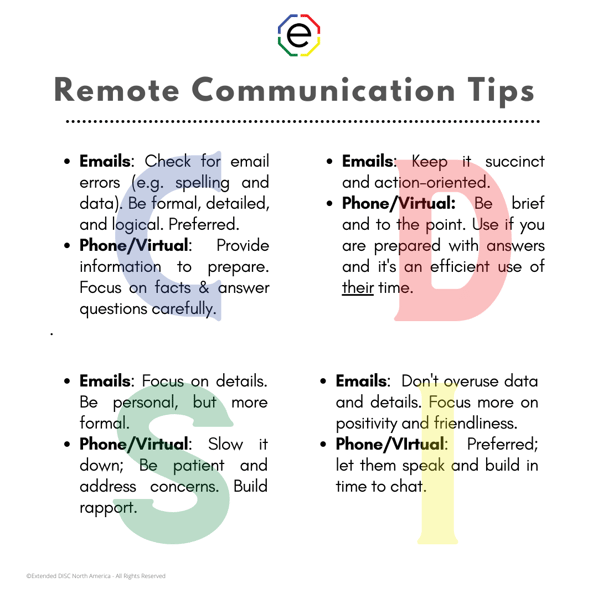 Everyone agrees some conflict is unavoidable and remote teams have their own unique aspects of contributing to conflict. DISC helps you better manage conflict by identifying the pain and gain triggers.
Everyone agrees some conflict is unavoidable and remote teams have their own unique aspects of contributing to conflict. DISC helps you better manage conflict by identifying the pain and gain triggers.
Start off by reminding yourself how everyone may interact differently; it may be in their virtual communication preferences or how they manage conflict. Be aware of their style or practice identifying their styles. Next, consider what adjustments you can bring to the conflict situations that could alleviate the pain and increase the gain for the other person. It may be as simple as picking up the phone and letting them speak more.
Practice awareness and be proactive awareness
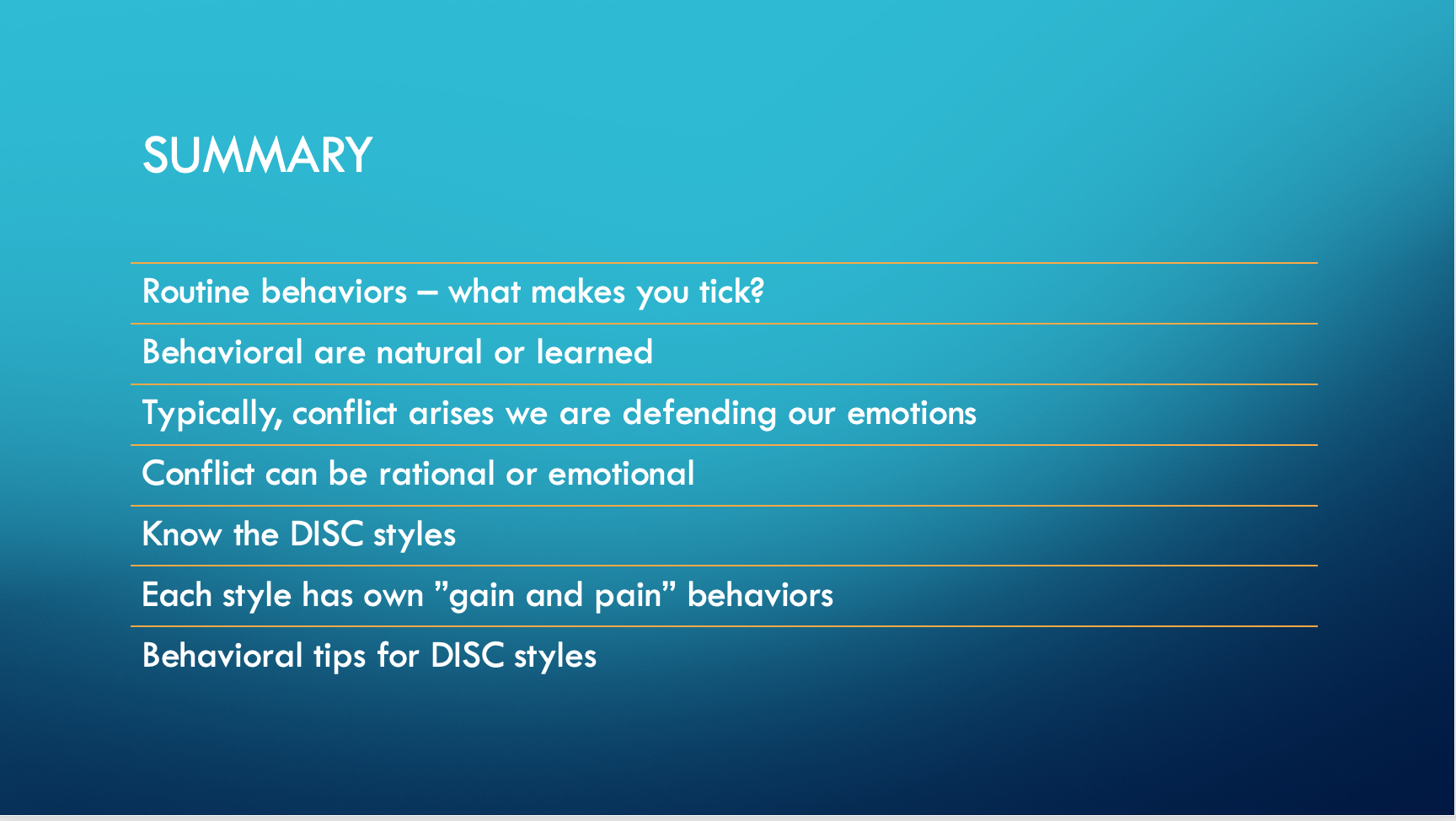 Manage conflicts before they create dysfunction or drive your best people away. It may take more energy and force you outside your remote workspace since you can't just talk it out face-to-face. Proactively prevent conflicts by using DISC as neutral discussion points. It will help the team acknowledge their dynamics and facilitate regular feedback.
Manage conflicts before they create dysfunction or drive your best people away. It may take more energy and force you outside your remote workspace since you can't just talk it out face-to-face. Proactively prevent conflicts by using DISC as neutral discussion points. It will help the team acknowledge their dynamics and facilitate regular feedback.
In summary, knowing what makes us tick, what triggers strong emotions, and how you can avoid pain and target gain behaviors are key ways to manage conflict. You are in control of your interactions.
